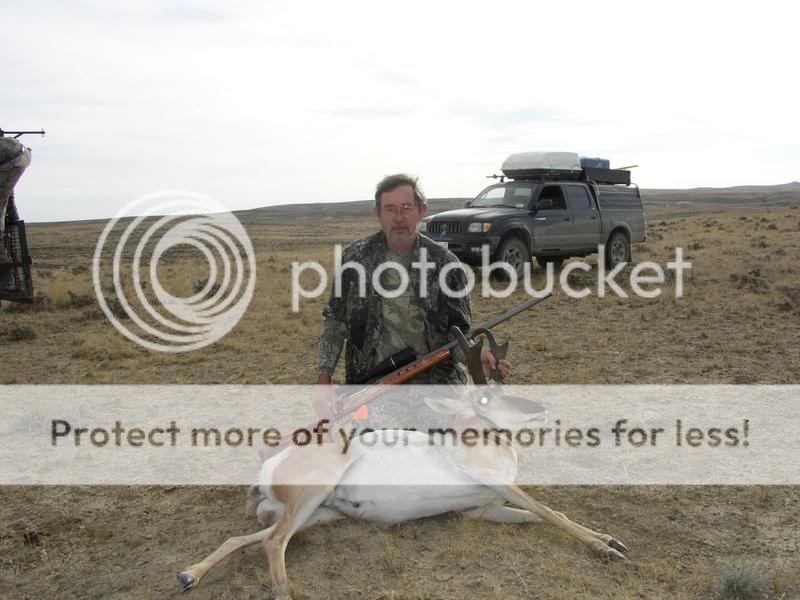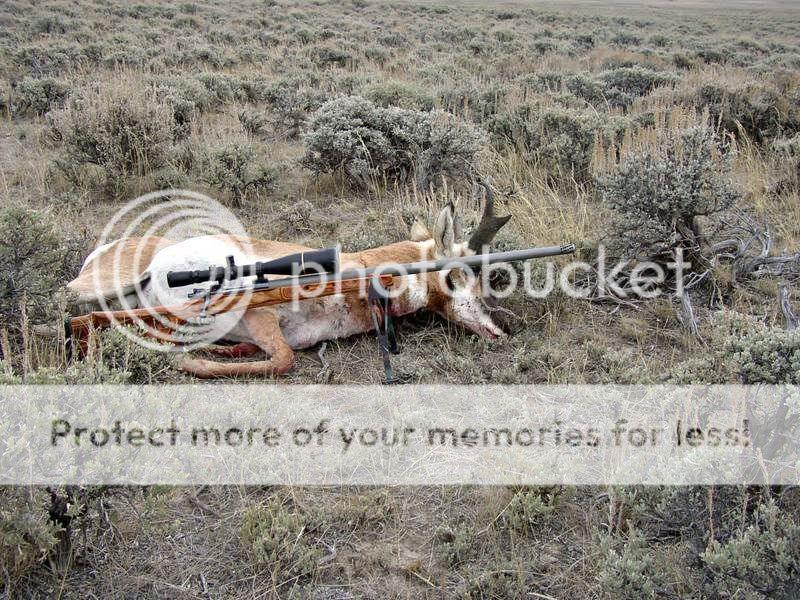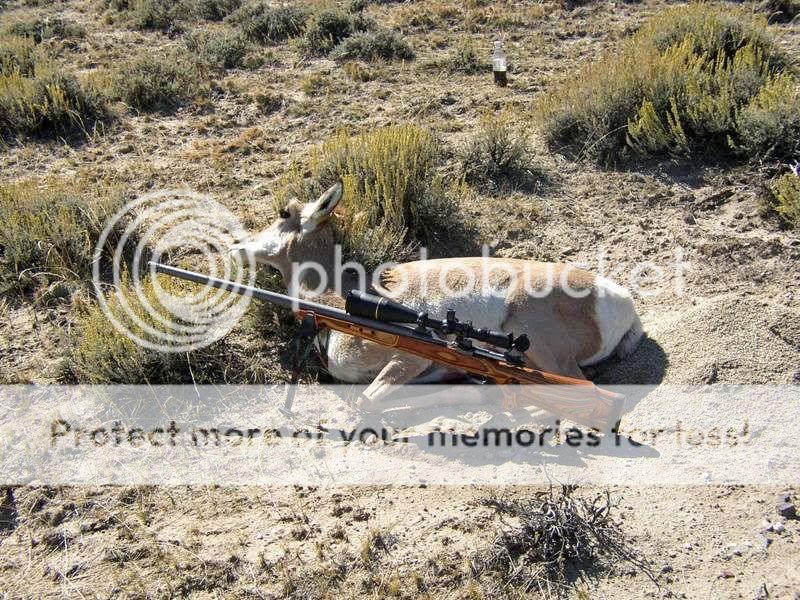Moman,
Thank you for your kind comments. The best all around 30 cal bullet for elk and deer at long range (an assumption based on your posting on this forum) is the 210 gr VLD. This gives you the most versatility. Admittedly, if you have a shot at a 130 pound deer at 200 yards you will get a massive exit wound but the deer will be on the ground.
Having said that you can achieve success with our lighter (175 gr to 190 gr) bullets on elk. The 210 gr VLD is the best choice if you know you will be shooting at long range (600 yards or more).
All Berger Hunting VLD bullets act differently upon impact than traditional (high weight retention, deep penetration) hunting bulelts. Upon impact the VLD will penetrate 2" to 3" of hide and bone. After the bullet is through this tough surface of the animal it starts to shed its weight. Depending on impact velocity 40% to 80% of the bullets weight will be distributed inside the animal as fragmentation.
This is why our bullets are so deadly on a wide variety of game sizes, bullet weights and impact velocities. This fragmentation deep inside the animal combined with hydrostatic shock tears a wide and deep wound channel inside the vital area of the animal. This tremendous internal destruction usually puts the animal into shock which is why they drop quickly. Those animals that manage to stay on their feet will quickly succumb to loss of blood pressure or major organ failure.
Once the bullet starts to expand (2" to 3" inside the animal) the wound channel will be anywhere from 13" to 18" long. This is definately enough internal damage to put down the largest North American game. Depending on the size of the game you may or may not have an exit wound. Those who like blood trails so they can track the game may not like this but if the animal can't go more than 50 yards then why do you need a blood trail?
On the other hand, those animal that are small enough that you will have an exit wound have far more energy dumped into their internals than they would have if shot by a high weight retension bullet. These traditional bullets are great for going all the way through medium sized game but most of the energy is spent on the ground or in the tree behind the animal.
Ojr,
The 6.5mm 130 gr Hunting VLD is a very popular bullet. Frankly, if you are shooting out to 1,000 yards then the 140 gr is the better option but you mentioned that you won't shoot that far for coyotes.
To get the best answer for your "which bullet is best for a particular application" the person to ask is Bryan Litz at
[email protected]. He can provide a very thorough answer which takes into consideration all your circumstances. I will send him a link to this thread so he can answer publicly.
I am a shot range BR shooter who has many years of experience with the 6PPC and which powders work best for this case. To get the best information on which powder is best for yours (and pretty much every) case contact Kevin Thomas at
[email protected]. There are a handful of folks on the planet that have as much trigger time with as many components as Kevin has used over the last two decades. I'll send him a link to this thread as well.
Lrhwal,
Sounds like you are on your way to dialing it in. I definately recommend the 4 COAL test listed in the article. It seems like a lot to do at first but if you take the time to load at these 4 different COAL you will quickly find out where your sweet spot is in your rifle. I believe you will soon get the flyers and the large round groups out of your results.
Regards,
Eric
 Help Support Long Range Hunting Forum
Help Support Long Range Hunting Forum




